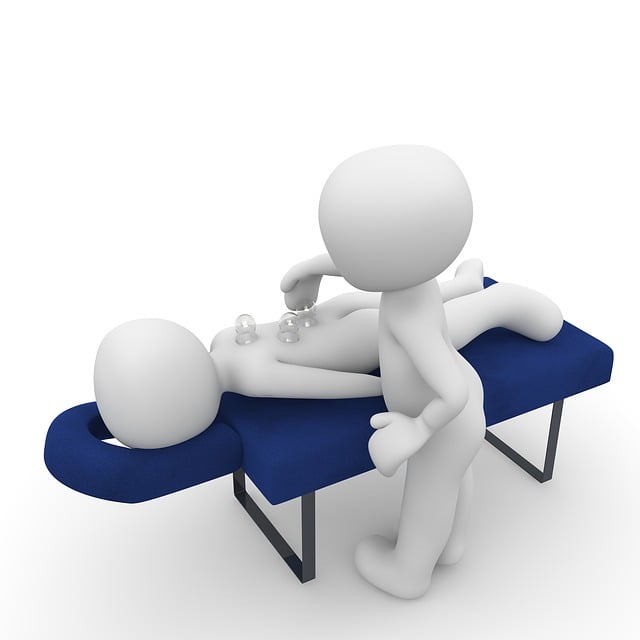Cold water immersion therapy, including cold plunges and ice baths, offers a wide range of health benefits for athletes and active individuals. It stimulates the release of HGH and endorphins, enhances recovery, reduces inflammation, alleviates muscle soreness, and improves blood flow. As a popular cryotherapy alternative, this natural method boosts overall wellness, stress reduction, and mental resilience, making it accessible to professionals and enthusiasts alike for optimizing athletic performance and health goals.
Personalize your path to wellness with the transformative power of cold water immersion therapy. This ancient practice is gaining modern popularity for its diverse health benefits, from reducing inflammation and boosting metabolism to aiding in post-workout recovery.
Dive into this guide to explore tailored approaches like cold plunge therapy for athletes and discover innovative cryotherapy alternatives for specific goals, unlocking your body’s potential for optimal health and performance.
Understanding Cold Water Immersion Therapy: Unlocking the Potential
Cold water immersion therapy, also known as cold plunge therapy or ice bath therapy, has gained popularity in recent years as a powerful tool for both athletic performance and overall health. This practice involves submerging oneself in cold water, typically below 59°F (15°C), for a set period, ranging from a few minutes to an hour. The benefits of cold water immersion are vast and varied, from accelerating muscle recovery after intense exercise to reducing inflammation and chronic pain.
As a cryotherapy alternative, cold exposure therapy stimulates the release of human growth hormone (HGH) and endorphins, which play crucial roles in tissue repair, immune system function, and stress reduction. For athletes, cold water immersion for athletes can enhance performance by improving blood flow to muscles and increasing mental resilience. Moreover, it serves as an effective post-workout recovery technique, reducing muscle soreness and speeding up the body’s natural healing processes.
Benefits of Cold Water Therapy for Overall Health and Wellness
Cold water therapy, such as cold water immersion and cold plunges, offers a range of benefits that extend far beyond the initial shock to your system. When practiced regularly, it can significantly contribute to overall health and wellness. The exposure to cold water triggers a series of physiological responses, including increased blood flow to core areas after rewarming, which enhances nutrient delivery and waste removal throughout the body. This process supports faster recovery for athletes and active individuals, reducing muscle soreness and inflammation.
Furthermore, cold water therapy can stimulate the release of endorphins, often referred to as ‘happy hormones’, which promote a sense of well-being and reduce stress levels. It also improves skin health by increasing blood circulation, giving it a natural glow. Many people incorporate ice bath therapy or cold exposure as a form of self-care, using it as a tool to manage anxiety and depression. As an alternative to cryotherapy, cold water immersion provides accessible options for achieving similar health benefits, making it an appealing choice for those seeking natural ways to enhance their overall wellness regimen.
Targeted Recovery: Cold Plunge Therapy for Athletes and Active Individuals
For athletes and active individuals seeking an edge in their recovery process, targeted recovery through cold plunge therapy offers a powerful tool. This practice involves immersing oneself in cold water, typically an ice bath or cold water immersion pool, for a set period. The benefits of cold water therapy are multifaceted; it aids in reducing inflammation, which is crucial for post-workout recovery, and can alleviate muscle soreness. By stimulating the body’s natural response to cold exposure, cold plunge therapy promotes blood flow to affected areas, accelerating the healing process.
Cold water immersion for athletes serves as an effective cryotherapy alternative, providing a rapid and efficient way to cool down the body after intense physical activity. This technique is particularly beneficial for active individuals who require quick recovery times between training sessions or competitions. As a result, cold plunge therapy gains popularity in both professional sports teams’ training regimens and among dedicated fitness enthusiasts looking to optimize their health goals.
Exploring Cryotherapy Alternatives and Cold Exposure Techniques for Specific Goals
In addition to traditional ice bath therapy and cold water immersion, there are several alternative cryotherapy techniques and cold exposure methods that offer unique benefits for specific health goals. For athletes looking to enhance performance and speed up recovery, cold plunge therapy can be a game-changer. This involves brief immersions in water at or near freezing temperatures, which has been shown to reduce inflammation and muscle soreness while increasing blood flow once the body reheats.
Beyond sports performance, exploring cold exposure therapy for mental health benefits is gaining traction. Techniques like contrast showers or cold water dousing stimulate the nervous system, promoting a stress response that can lead to improved mood and resilience over time. Additionally, some people find that practicing cold water meditation or using ice packs strategically can target specific areas for pain relief and relaxation. These alternatives expand access to the proven cold water health benefits, catering to diverse needs beyond traditional cold water immersion therapy.
Personalizing cold water therapy allows individuals to unlock a wide range of health and wellness benefits tailored to their specific needs. Whether aiming for enhanced overall well-being, accelerated recovery after athletic exertion, or exploring innovative cryotherapy alternatives, cold water immersion offers a versatile solution. By understanding the science behind its effects, one can effectively utilize cold plunge therapy, ice bath therapy, and other cold exposure techniques to achieve desired outcomes. Incorporating these practices into routines can lead to significant improvements in physical and mental health.
